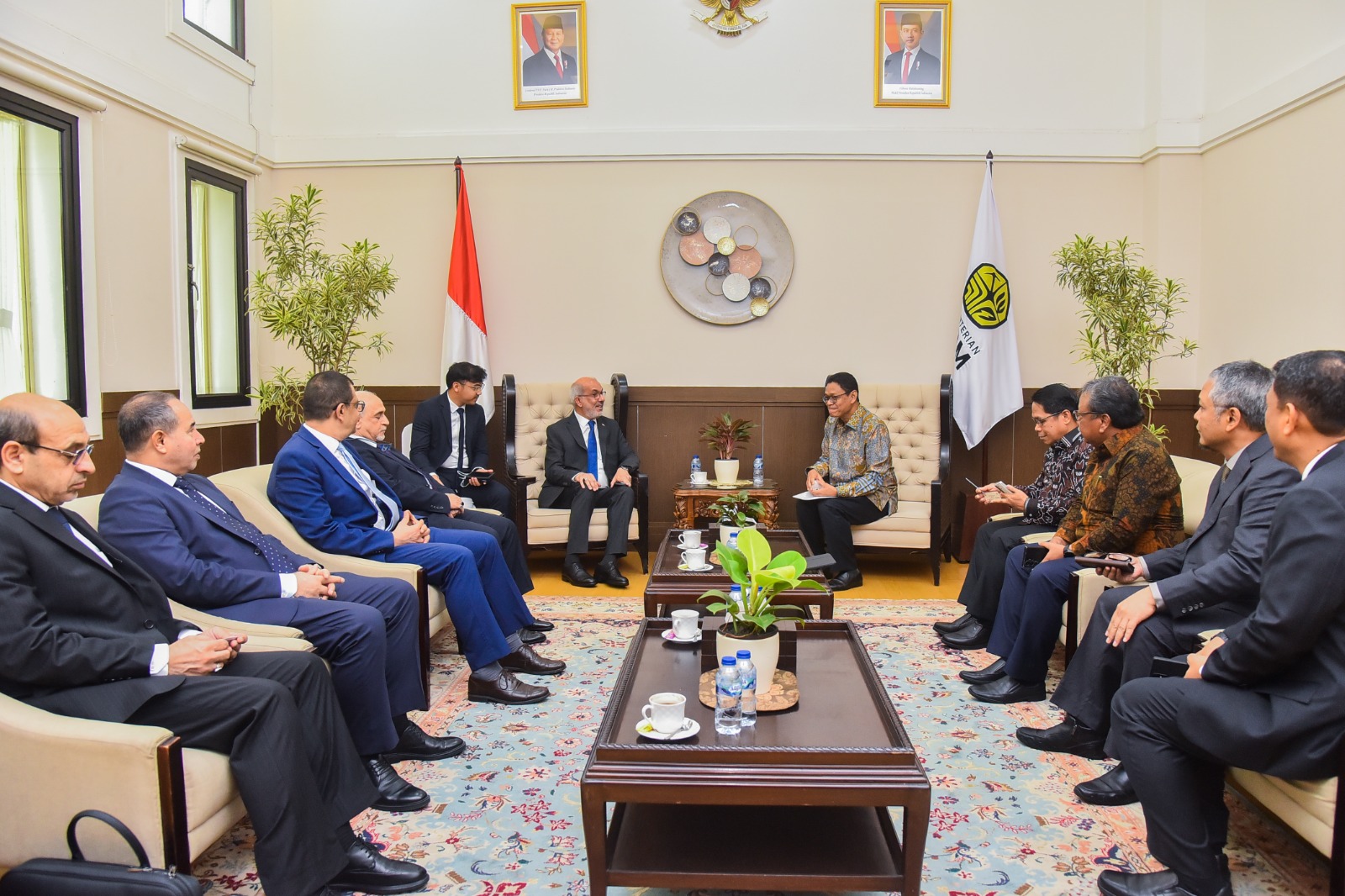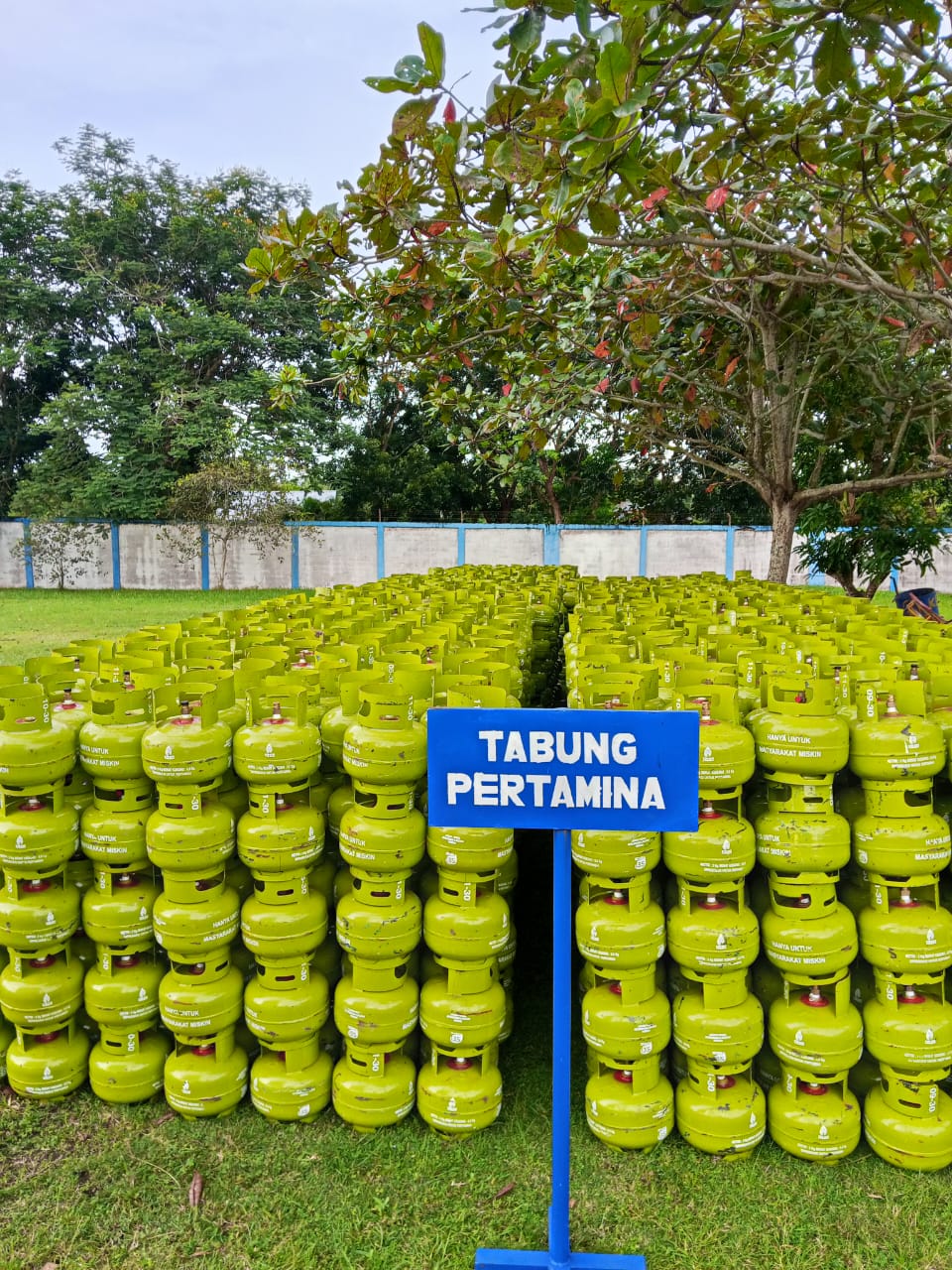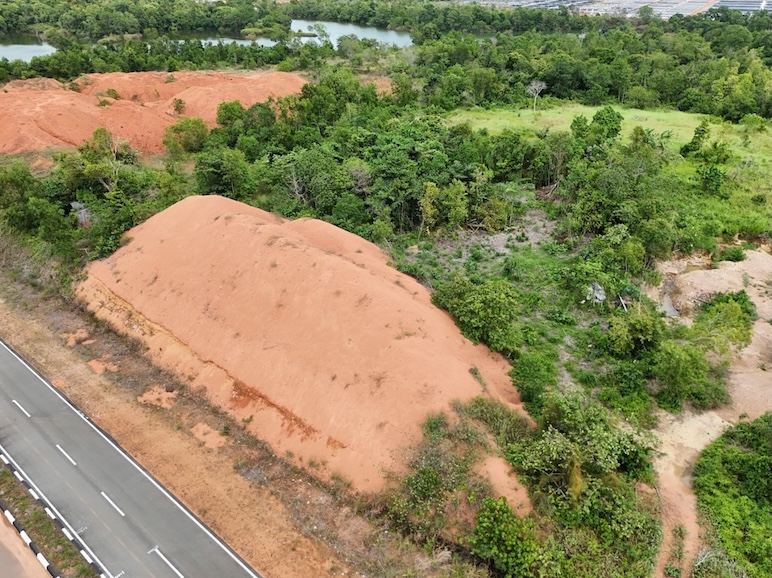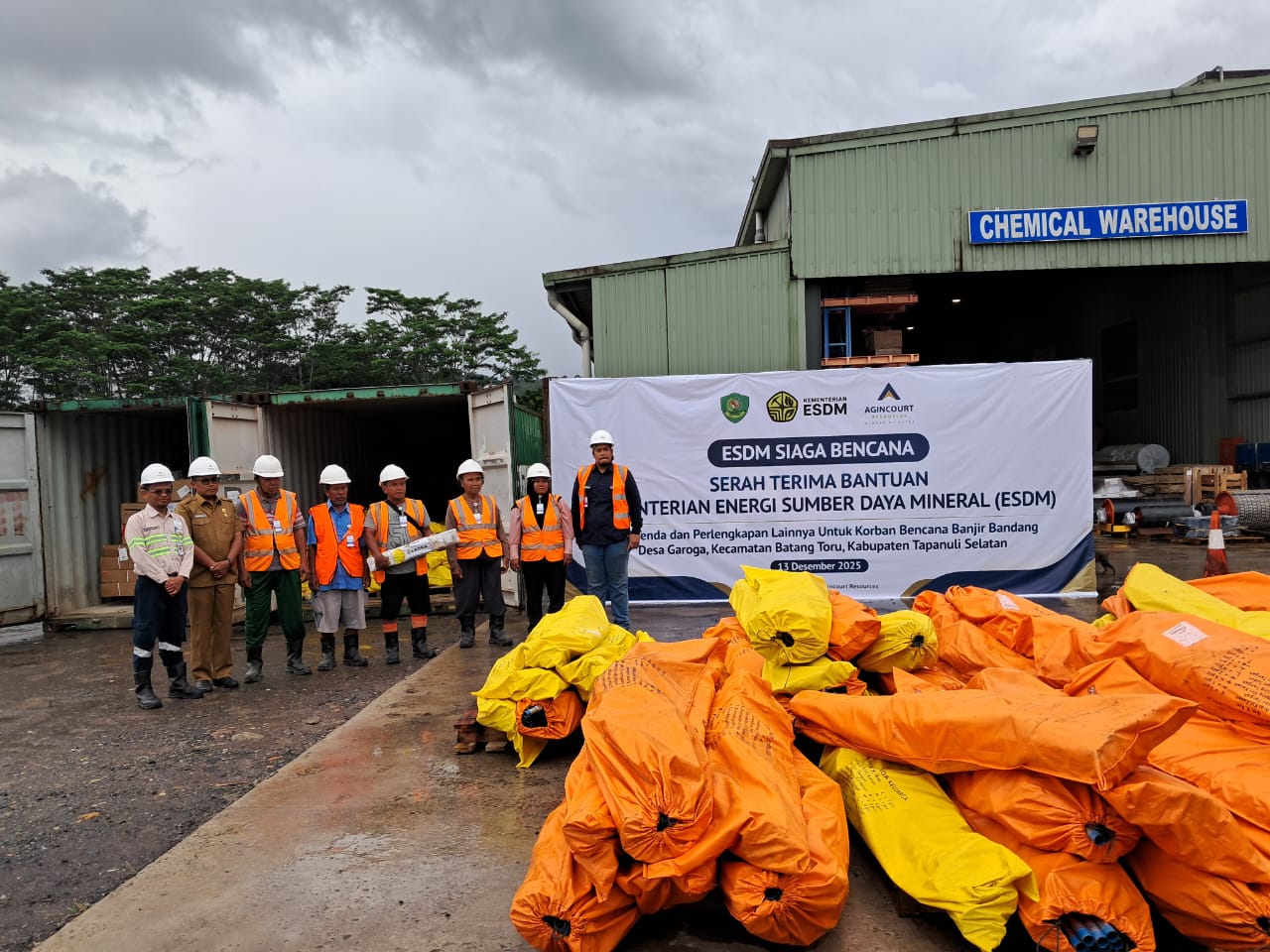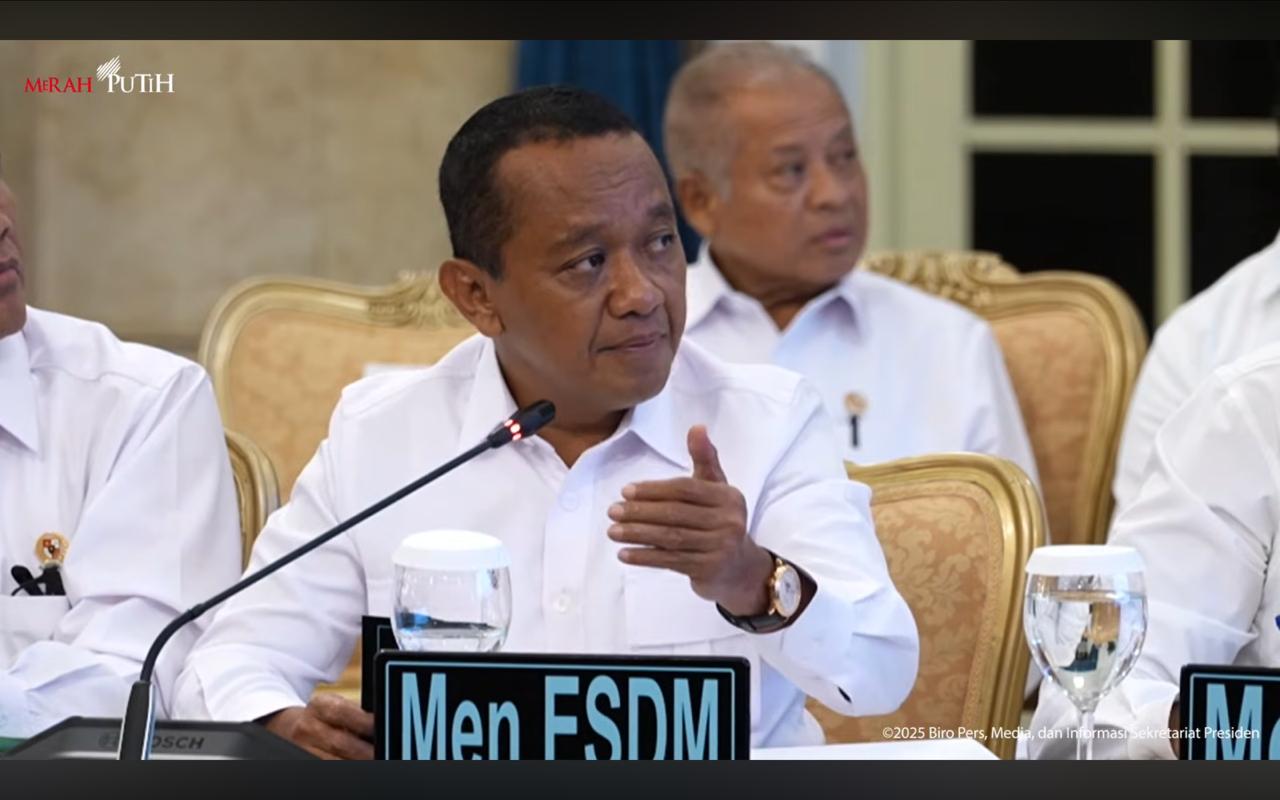
MINISTRY OF ENERGY AND MINERAL RESOURCES REPUBLIC OF INDONESIA PRESS RELEASE NUMBER: 300.Pers/04/SJI/2020 Date: 12 October 2020 The Exploring for New Sources of Oil and Gas Having sailed in the waters of south Arafura Sea near Maluku Island for a mo
MINISTRY OF ENERGY AND MINERAL RESOURCES
REPUBLIC OF INDONESIA
PRESS RELEASE
NUMBER: 300.Pers/04/SJI/2020
Date: 12 October 2020
The Exploring for New Sources of Oil and Gas
Having sailed in the waters of south Arafura Sea near Maluku Island for a month, Fajar (28) had become used to the shock of giant waves. Standing, he clenched his plate tightly in his hands, making sure his lunch didn't fall scattered on the deck. Blue nuances of the waves and the sky had alternately decorated the scenery of his vessel.
A few days later, the waves crashing on the hull had intensified. The splash of sea water on the stern had become stronger. The shock of huge waves five to seven meter high made Fajar feel dizzy and nauseous. His heart beat faster at the news of an approaching cyclone. The wind was moving up into Indonesia-Australia border. There was no entertainment at all. Cell phone signal had turned off. "We stopped the 2D seismic acquisition and immediately moved away," Fajar recalled his adventure in finding new sources of oil three years ago.
Previously, during a survey of pre-tertiary petroleum system of Singkawang Basin in West Kalimantan Province, the 4WD car he was riding in was trapped in a mud puddle. Heavy rain pouring on the forest made the roads slippery. The tires slipped. Fajar and his team were trapped, unable to leave this part of the forest on Indonesia-Malaysia border because there was no help. The only way out was to wait for the road to dry up.
Being an earth scientist at Center for Geological Survey (PSG) of Ministry of Energy and Mineral Resources (EMR), Fajar fully understands his job risks because PSG's main duty is to prepare data needed to formulate technical policy as well plans and programs of research, surveys, and services in the geological field.
Fajar has worked as an earth scientist since 2016, actively contributing to various geological surveys in search for new sources of oil and gas. He was involved in a survey of pre-tertiary petroleum system in the Singkawang Basin (2016), Embaluh Utara (2017), 2D seismic acquisition from Selaru (2017) to Weda Basin (2018), and Banjarnegara Basin (2020).
"Once, we had to stay awake all night, negotiating with the Australian border force. We helped some Indonesian fishermen who were caught by Australian helicopter radar when these fishermen were fishing in border area. We also made sure that the fishing nets did not get tangled with our seismic acquisition equipment," said Fajar.
The Search
Exploring sedimentary basins to produce recommendations for an oil and gas Work Area (WK) is not an easy duty. Fajar must be able to work long hours, away from civilization, in a team of earth scientists that map out Indonesian's sedimentary basins.
"Preparing recommendations for O&G Work Area is vital. These recommendations can open up opportunities to find O&G resources in new areas. Usually, O&G contractors only focus on active areas. That's why it's the government's duty to search for new basin potentials," said Fajar.
Indonesia still has tremendeous potentials for O&G basins. Of 128 basins, 20 basins have produced oil and gas, 27 basins have been drilled and oil and gas reserves have been found, 13 basins were drilled and no reserves were found, while the rest have not been explored. "Most of these basins are in eastern Indonesia," said Fajar.
Comprehensive study is the key activity before survey assessment. Next, survey target is determined by ranking the sediment basins based on their geological aspects. This is especially done to areas with huge potential but which have never been examined. This is called a geological survey.
A geological survey is the foundation in measuring the hydrocarbon potential of new areas. This survey includes determining subsurface structure, rock formation, and hydrocarbon accumulation. The main focus of a geological survey is to observe the rocks which make up the top layers of earth crust.
The next stage is a geophysical survey. At this stage, the PSG team creates a subsurface model of the earth by relying on field data measured from earth surface, from below earth surface or above the earth from a certain height. The team use a variety of methods to work carefully, consistently, and in an integrated way.
At this stage, hydrocarbon contents are expected to be found in earth's layers with a gravimeter, a tool that reads the strength of earth's gravity, and a magnetometer, which reads earth's magnetic field.
Equipped with data from PSG on the 68 basins which have not been examined, Fajar and his team classified the follow-up surveys according to availability of seismic data. Thus, 49 basins have seismic data and 19 basins do not. Each basin is treated differently.
2D seismic acquisition is the earliest method in determining the O&G reserves of basins with seismic data. This method is carried out for 6 months with new technology. This technological update is expected to convince O&G contractors to carry out further exploration.
After the seismic data acquisition is complete, collection of passive seismic tomography data will be carried out for 6 months to discover hydrocarbon accumulation. Next, data analysis (processing) will be conducted for 4 months. The analysis is done at the same with addition of field data, or the G&G study, for 2 months. "These three activities are carried out in the same year," said Fajar.
For the 19 basins without seismic data, rapid screening by remote sensing and microseepage will be carried out for 8 months. Remote sensing can look at hydrocarbon potential using satellite image data with an accuracy level of 0.1 meter. Data from remote sensing are then validated with microseepage data or by analyzing micro-sized hydrocarbons below the surface. This whole process is called geochemical survey.
After rapid screening and validation, the next method is exactly the same with that for basins with seismic data, namely passive seismic tomography and G&G Study. "All these activities can be carried out simultaneously. Acquisition of seismic data from areas without previous seismic data will be carried out in the following year," said Fajar.
A seismic survey is the end process in the search for oil and gas sources. A seismic survey uses seismic waves to explore prospective hydrocarbons (oil and natural gas).
In a seismic survey, the survey team will search for basins estimated to hold oil and natural gas by creating shock waves. The wave radiation will be recorded with a seismometer. The collected data will then be used as the basis for interpreting the structures of the earth's subsurface layers, the size of the location, and the volume of the existing reservoir.
The Recommendations
Four years have passed since Fajar and his team started the field work: sailing on a small boat in hinterland rivers, camping in country border forests, being accustomed to having a meal on a vessel violently shaken by tropical cyclones. Fortunately, the PSG team's efforts have paid off. As many as 38 recommendations for O&G Work Areas had been put forward in the period 2015-2109.
"These recommendations were given to Directorate General of Oil and Gas, to be offered to oil and gas contractors," said Fajar.
Of the 38 O&G Work Areas, 15 Work Areas have data on potential O&G reserves. These Work Areas are made up of 12 Conventional Work Areas and 3 Non-Conventional ones. The Conventional Work Areas are North Bone Bay, East Misol, Atsy, Mamberamo, Boka, Buru, Aru-Tanimbar Offshore, Biak, Wamena, Sahul, Selaru, and South Arafuru.
The resource potential of these Work Areas is as follows: South Arafura (oil scenario 6,144.54 Million Barrels of Oil (MMBO) and gas scenario 7.36 Trillion Cubic Feet (TFC)), Selaru (oil scenario 4,060 MMBO and gas scenario 4.8 TCF), and Wamena (oil scenario 263.75 MMBO and gas scenario 0.40 TCF).
Next, North Bone Bay (oil scenario 239.79 MMBO and gas scenario 1.16 TCF), Atsy (oil scenario 750 MMBO and gas scenario 0.9 TCF), Mamberamo (gas scenario 7.58 TCF), and Boka (oil scenario 930 MMBO and gas scenario 1.1 TCF).
Then Buru (oil scenario 118.54 MMBO and gas scenario 0.12 BSCF), Sahul (oil scenario 150.75 MMBO and gas scenario 0.18 TCF), Biak (oil scenario 8.44 MMBO and gas scenario 0.01 TCF) and Aru-Tanimbar Offshore (gas scenario 0.14 TCF).
Meanwhile, 3 Non-Conventional O&G Work Areas are Jambi, Kutai (gas scenario 46.79 TFC), and East Kutai (oil scenario 1,472.46 MMBO and gas scenario 37.94 TCF).
In 2020, PSG is conducting more surveys at 7 O&G Work Areas including one Non-Conventional Work Area (Central Sumatra), three Conventional Work Areas (Banjarnegara, East Java Offshore, Buton), and one O&G Geological and Geophysical Survey at Pembuang Basin.
"Every year, the preparation of recommendations for O&G Work Area has continued to improve in terms of data analysis and interpretation results. We hope our surveys can match those by USGS (United States Geological Survey) or BGS (British Geological Survei)," Fajar concluded. (IY)
Head of Bureau of Communication, Public Information Services, and Cooperation
Agung Pribadi (08112213555)
Share This!

